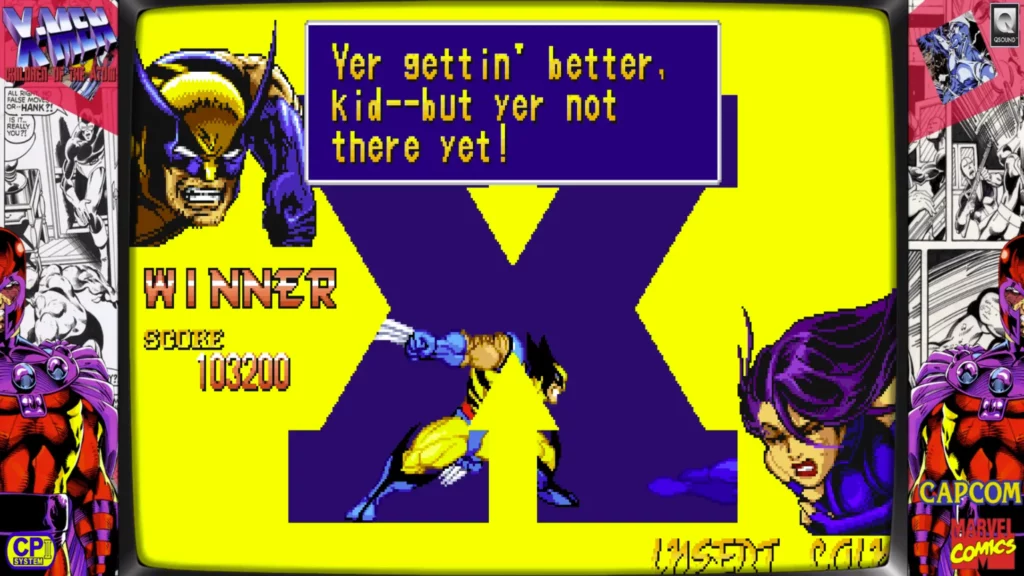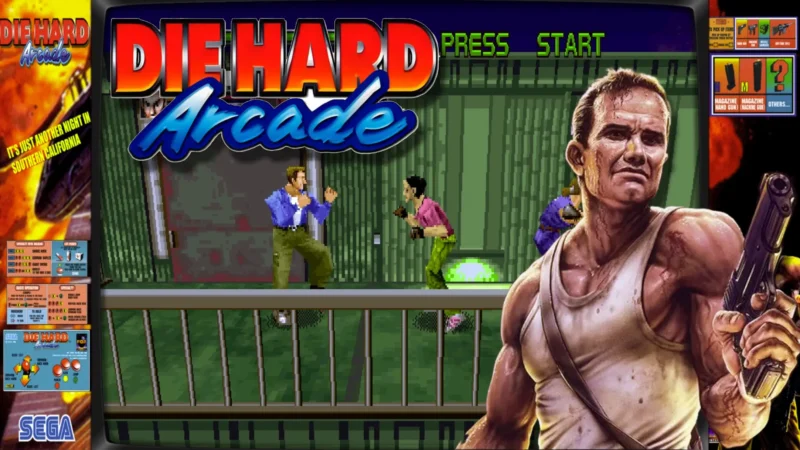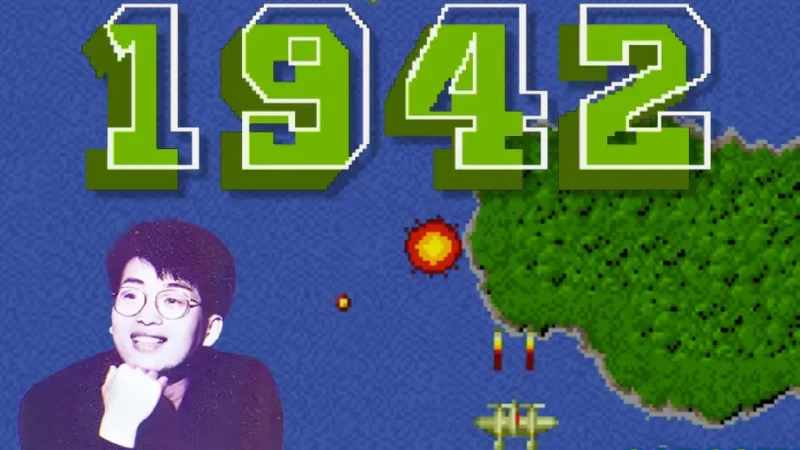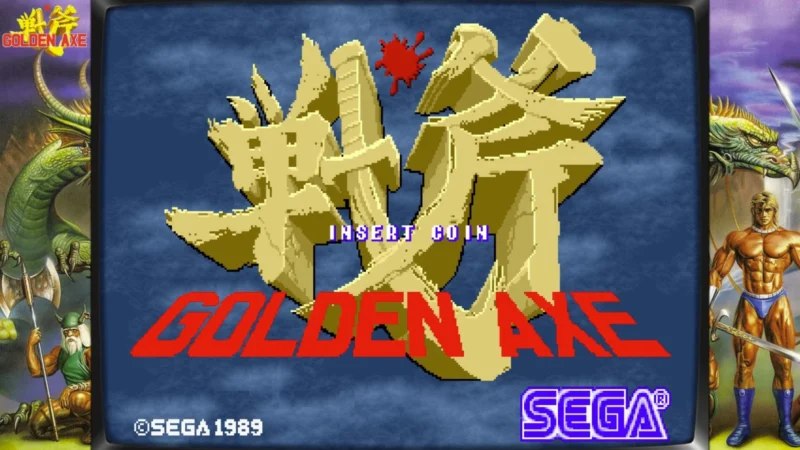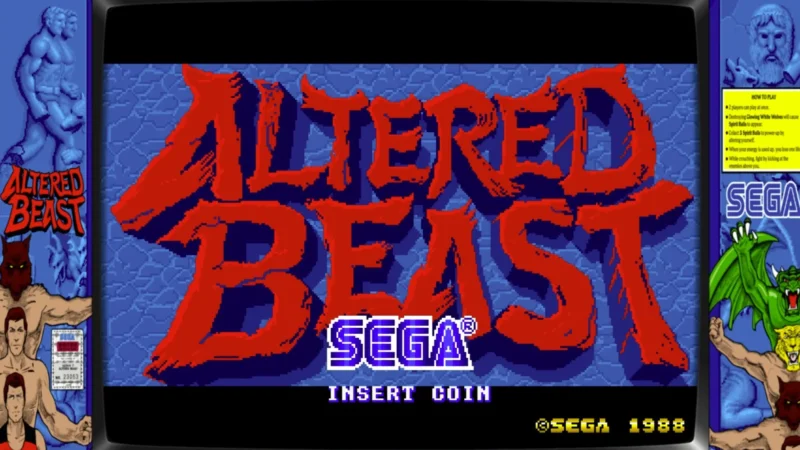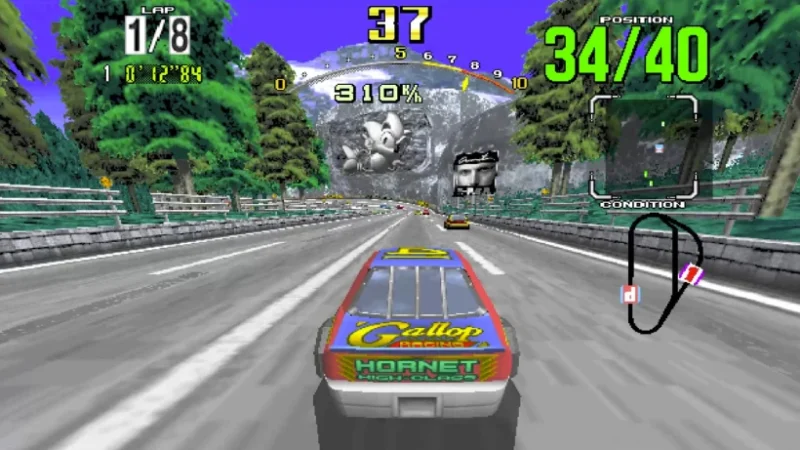X-Men: Children of the Atom: A Marvelous Arcade Classic
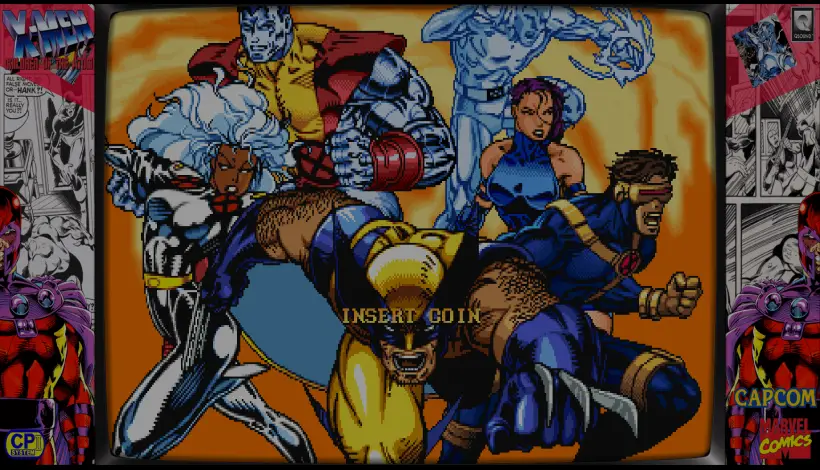
In the mid-90’s, I was a middle schooler and old enough to ride my bike down to 7-11 in our small town. While the Slurpee’s and candy were the original draws that brought me there, a small alcove next to the front door of the store held two arcade games. Street Fighter II Champion Edition was there and another, older game that I now forget, was the other. Well, in 1996, the old game got moved out and in its place came a game that blew my mind: X-Men: Children of the Atom. I was a huge fan of comics at the time, especially X-Men. The X-Men comics were in their heyday, and the animated series was on the air with it’s second-to-none theme song.
Seeing that cabinet for the first time blew my mind. The characters looked just like the comics (to a 90’s kid) and once I saw Juggernaut, his massive body taking up nearly half of the screen real estate, I knew this game was going to be different than Street Fighter II. Once that first quarter went in and the player selection screen came up, I knew I was in for a treat.
Game Development
Origins and Partnership
In the early 90’s, Capcom was riding high on the success of Street Fighter II. The game had been such a massive hit that they created multiple versions of it such as Hyper Fighting, Champion Edition, and Turbo all by 1994.
Capcom sought to leverage their expertise in the fighting genre by partnering with Marvel Comics. In 1993, Capcom had partnered with Marvel to create The Punisher, a beat ’em up that was a modest hit despite being an excellent game. The beat ’em up genre was already saturated in the arcade market, but the fighting market was still heating up.
Marvel, looking to capitalize on the popularity of their X-Men franchise, was eager to see their characters represented in another high-quality arcade game after the smash success of their first X-Men arcade game in 1992, which itself was a beat ’em up created by Konami. Capcom was the perfect partner to take on the challenge of bringing the X-men into the fighting genre.
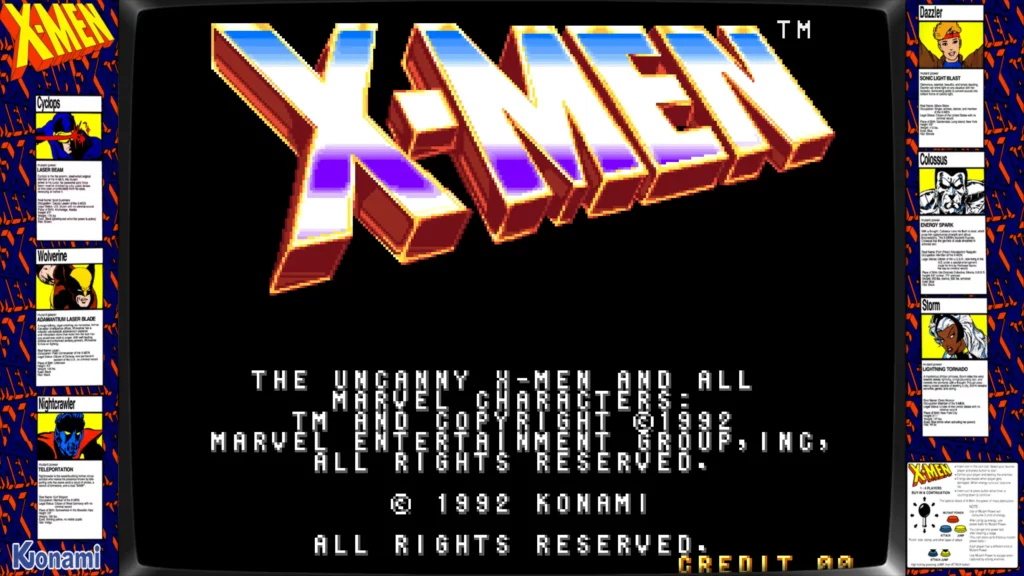
But X-Men: Children of the Atom wasn’t the only Marvel game Capcom was working on at the time. When they got the licensing deal, they also made Marvel Super Heroes in parallel with the new X-Men game, which required the artists for both games to work simultaneously with Marvel on character designs. Marvel Super Heroes would release less than a year after X-Men: Children of the Atom.
Design and Gameplay Innovations
Capcom’s development team, led by seasoned producers and designers, was tasked with creating a game that would push the boundaries of what a fighting game could be. Takeshi Tezuka, who would go on to direct Marvel Super Heroes was excited to be working on the X-Men franchise because he saw limits with Street Fighter that wouldn’t be present in the X-Men game, “When you deal with a franchise like Street Fighter, it’s a fighting game, but the characters are basically human, and thus limited to realistic — albeit greatly exaggerated — movements. But with the Marvel series, you’re dealing with superheroes who can do anything, and there had been lots of requests to do something different, so I thought it was a good idea.”1
The game would be directed by Capcom legend, Akira Nishitani, who was best known for designing Street Fighter II and Final Fight. Known as “Nin-Nin” (this is how he appears in the credits of the game), Nishitani would be picked to helm the new fighting game that wouldn’t be limited to “human” characters anymore.
Drawing inspiration from their work on Street Fighter II, the team aimed to infuse X-Men: Children of the Atom with fresh mechanics and vibrant visuals. The nature of the characters gave the team license to up the intensity of the fighting and create bigger than life characters.
Aerial Combat
One of the most significant innovations was the introduction of aerial combat. Unlike traditional fighting games that focused primarily on ground-based battles, X-Men: Children of the Atom allowed characters to perform super jumps and engage in mid-air skirmishes. Adding these double vertical screens added a new layer of strategy and excitement, as players had to master both ground and aerial maneuvers.
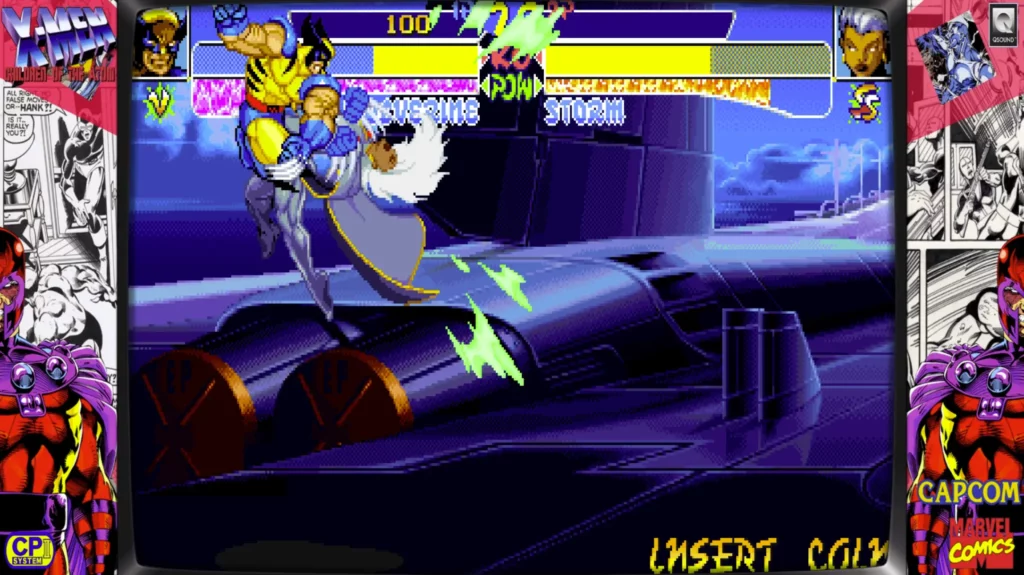
The gameplay became controlled chaos, and in that vein, another innovation was added, the ability to literally break a level during a fight. Some levels of the game included destructible multi-leveled fighting environments. When opponents were thrown to the ground, it would crack. Another throw, and the ground would break, dropping both players to the level below. This dynamic made the game feel more explosive and created a sense of awe and power that was on display by these superheroes.
X-Power
Another groundbreaking feature was the result of the characters themselves. As Akira Yasuda, artist on the project, put it, “While some of the characters in the Street Fighter series could be said to have superhuman powers, for the Marvel games we did like Children of the Atom, all of the characters were defined by being mutants with superpowers, so from the get-go we decided to try and make their special moves more intense and flashy.”1 An “X-Power” meter was added to the game, which allowed players to unleash powerful super moves once fully charged. This mechanic not only added depth to the gameplay but also provided moments of spectacular action, as characters could execute visually stunning attacks that were true to their comic book counterparts.
Ccccccombo!
With aerial combat and special moves, the combo system in X-Men: Children of the Atom was revolutionary. Instead of simple jumping attacks that combo’d with kicks and punches like Street Fighter II, X-Men would allow a player to easily combo moves on the ground and in the air, culminating in a super move to finish off an opponent.
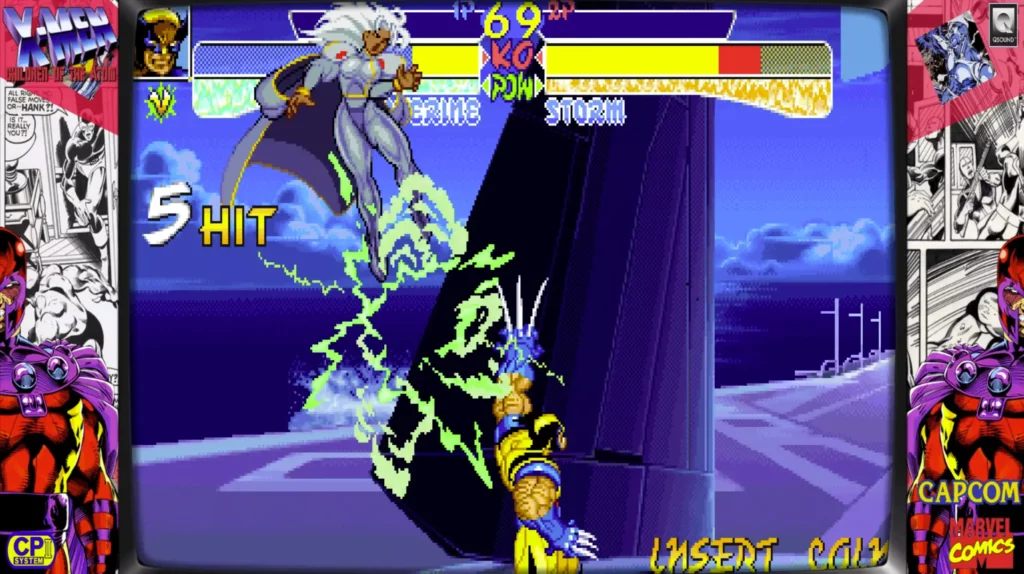
Unlike Street Fighter II, the combo system was built in and easier to execute. Tezuka says, “…We put in all the various combos that were easy to access. Unlike Street Fighter II, where the different special moves all required their own individual inputs, for the Marvel games we decided to make most of them share common inputs for simplicity’s sake. That way even bad players could enjoy the games.”1
Character Design and Animation
Bringing the X-Men to life in a way that was faithful to their comic book origins was a top priority for the development team at Capcom. Each character was meticulously designed to reflect their unique abilities and personalities. Capcom artists, such as Katsuya Akitomo, worked with Marvel to ensure every detail was correct, especially the scaling of characters. Akitomo himself was a huge Marvel fan, and helped other artists and designers the the characters just right. Says Akitomo, “I’d point things out and answer their questions, like explaining the difference in size and weight between Juggernaut and Spider-Man, or explaining how dangerous Juggernaut was and his whole “unstoppable” thing, or helping them get the right level of pomposity and arrogance for Dr. Doom’s lines. Lots of little things like that.”1

From Wolverine’s rapid claw strikes to Cyclops’s optic blasts, every move was crafted to capture the essence of the character.
The animation process was particularly challenging, as the team aimed to create fluid and dynamic movements that would stand out in the crowded arcade market. Using advanced sprite animation techniques, Capcom’s artists painstakingly drew and animated each frame, resulting in some of the most detailed and expressive character sprites seen in an arcade game at the time.
Iconic Music
The hit X-Men animated series had one of the best theme songs ever created, and fans of the show were going to be showing up to play the arcade game. The bar was set high for the team at Capcom to nail the sound and the voice acting.
Capcom tasked a team of sound designers and composter that had worked on Street Fighter II and Darkstalkers to helm the project. Leading up the composers was Takayuki Iwai, who was fresh off of being the main composer for Darkstalkers. Under the alias “Anechey ‘Takapon'” in the credits, he and his team created frantic theme music that matched the game’s chaotic gameplay, setting the tone for the game early on.
Sound Panic!
However, just before shipping out game, the sound team ran into a huge issue. They had used Japanese voice-over actors to voice each of the characters in the game. With just two weeks before the game was due to be shipped, Marvel turned down all of the voice actors Capcom had come up with, except for Silver Samarai. Upon hearing that Capcom had used Japanese voice actors, Alex Jimenez, who worked as design support on the project, said, “You can’t have Wolverine with a Japanese accent. It doesn’t work.”
Jimenez then called Marvel and asked them who did the voiceover work for the cartoon series. Marvel head of licensing, Joe Calamari, told Jimenez that the voiceover group was a company up in Canada called Dome Productions. One call later, Jimenez set up to have the original voice actors from the cartoon series in a studio recording all of the lines of the game. When he asked how much this would cost, he was shocked to hear that the studio only wanted to charge them $5,000 Canadian. “$5,000 for all the characters and the studio time? Canadian? I was like, ‘Oh!’ And I immediately set it all up.”1
This last-second fix became one of the greatest choices in the game’s development, because kids who fell in love with the animated series felt a seamless transition to the game.
The Arrival of X-Men: Children of the Atom
With a license that was incredibly hot at the time, and new gameplay that amped the Street Fighter II formula up to 11, X-Men: Children of the Atom hit Japanese arcades in 1994. Unfortunately, in Japan, the game didn’t seem to hit the right tone, and sales of the arcade there were mediocre. However, when the cabinets hit North American arcades in 1995, that all changed. The game became the most popular arcade game in 1995 according to RePlay magazine.2
Players very quickly realized that this wasn’t an X-Men game that had fighting in it. It was a full-on fighting game that had X-Men in it. The revolutionary fighting system that can best be described as controlled chaos was embraced by fighting fans in arcades across the US.
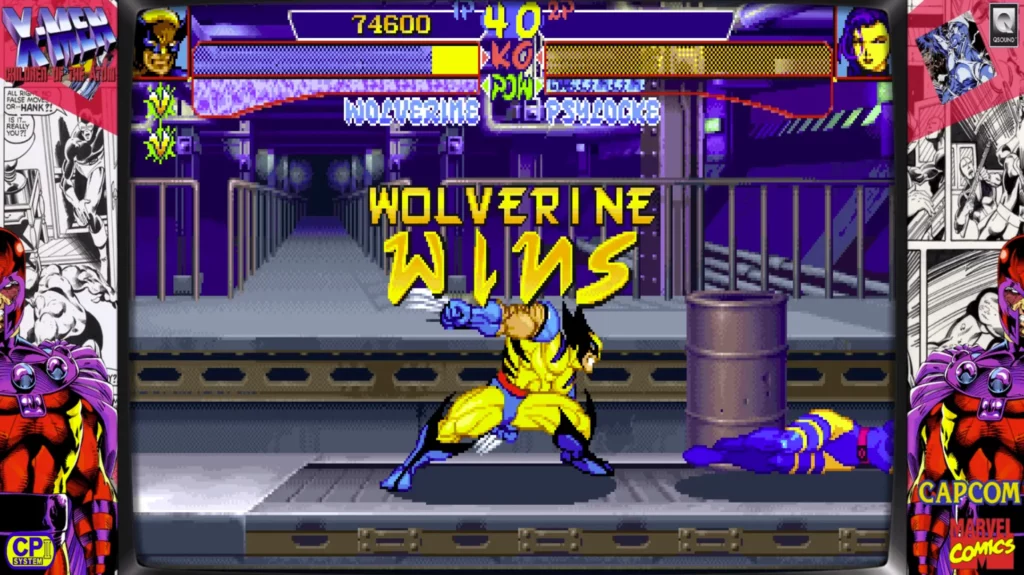
X-Men: Children of the Atom wasn’t just another arcade game. It was a pioneering title that brought together the best of Capcom’s fighting game expertise and Marvel’s rich storytelling and characters. Its development was a labor of love, driven by a team dedicated to pushing the boundaries of what a fighting game could be, and keeping the source material as accurate as possible. Decades later, it remains a beloved classic, a testament to the enduring appeal of both the X-Men and Capcom’s arcade legacy.
And for me, as a middle school kid standing at a 7/11 with a pocket full of quarters, it was the best fighting game in the world.
